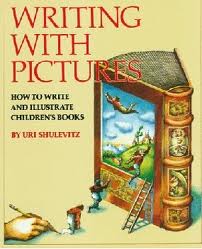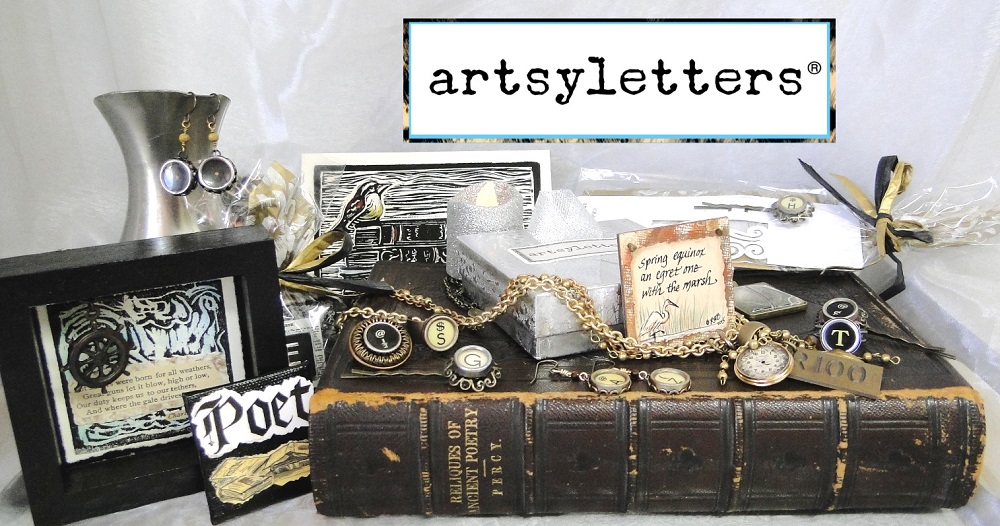
If I had to clear out my shelves and give up all but one book about illustrating children’s books, I’d keep Uri Shulevitz’s classic, WRITING WITH PICTURES – How to Write and Illustrate Children’s Books (Watson-Guptill Publications). I have the bona fide 1985 version, which includes chapters on color separation – a process unknown to young illustrators today, I’m sure!
I revisited this wonderful volume this past week because I had to list a favorite quote for a blog interview appearing today at Check It Out. I snuck in two quotes – one on haiku writing and one for art, the Uri Shulevitz quote I have literally written on my wall above my drawing table:
Give up the idea of the perfect flawless picture, and aim for one that is alive instead.
The book contains hundreds of examples of illustration that is alive, mostly Shulevitz’s own work but also work by other artists, including many classics. Shulevitz won the Caldecott medal in 1969 for Arthur Ransome’s retelling of THE FOOL AND HIS FLYING SHIP and a Caldecott honor in 1980 for THE TREASURE. Born in 1935 in Warsaw, the young Shulevitz and his family fled from Poland during World War II. He lived in France and Israel before settling in New York to work and teach.
WRITING WITH PICTURES delves into what makes a story with a complete action as well as the finer points of drawing technique, style, and composition. It includes the best examples I know about creating a storyboard and dummy. For a taste, here is an excerpt from the book as tutorial on the site, Mighty Art Demos, which says the tutorial is reproduced with permission from the publisher. While this is a pretty thorough excerpt, I’d still encourage anyone to purchase the book, chock-full of clear explanations and insights about the process from beginning to end. Here are a few more quotes, to give you an idea:
A picture book is closer to theater and film, silent films in particular, than to other kinds of books. It is a unique type of book. (p. 16)
For a story to succeed, the reader must be engrossed in each successive moment of the story and must care about what happens next, or at least be curious enough to want to know. (p. 41)
Outstanding illustrations are effective on at least two levels. First, they tell us the story, portraying the subject matter accurately; and second, the abstract pattern of the picture is alive in its own right, with an underlying geometric structure that gives character and strength to the forms. (p. 129)
Great stuff, no? I have other books on illustration that I treasure, but this one captured me early on and still rings true. Do you have any favorites?

